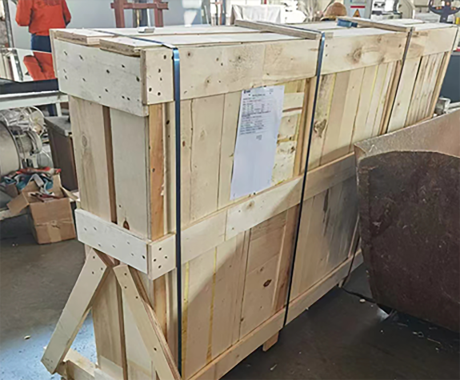

The Enigmatic Allure of Mirror Glass
Mirror glass, a seemingly mundane material, possesses an enchanting quality that transcends its practical applications. Reflective surfaces have captivated humanity for centuries, serving as both functional objects and canvases for artistic expression. From interior design to architectural marvels, mirror glass has woven itself into the fabric of our daily lives, offering both utility and aesthetic appeal.
The primary function of mirror glass is, of course, reflection. This simple mechanical property has profound implications. It allows us to observe ourselves, serving as a mode of self-exploration and self-critique. In many cultures, mirrors are believed to possess mystical properties, reflecting not only the physical form but also one’s soul or essence. This cultural significance can be seen in folklore and mythology, where mirrors often serve as portals to other realms or as tools for revealing hidden truths. They provoke introspection, urging us to confront our own identities and the passage of time.
In the realm of interior design, mirror glass plays a pivotal role in shaping spaces. Designers utilize reflective surfaces to create an illusion of expansiveness, enhancing light and depth within rooms. A well-placed mirror can transform a cramped area into a spacious haven, reflecting light and color to create a vibrant atmosphere. This is particularly important in urban environments where space is at a premium. By integrating mirror glass into furniture and décor—be it through mirrored tabletops, accent walls, or decorative panels—designers blur the boundaries between physical spaces and visual experiences, effectively playing with perceptions.

Architecturally, mirror glass has been employed in some of the most striking buildings in the world. The shimmering facades of modern skyscrapers reflect the ever-changing city skyline, creating a dynamic interaction between structure and surroundings. Consider the famous Louvre Pyramid in Paris; its glass and mirror elements not only create a striking visual contrast with the historic museum but also facilitate a dialogue between tradition and modernity. The recurrent theme of reflection in architecture invites onlookers to engage with their environments, prompting them to reflect on their relationship with urban landscapes.
Moreover, the artistic potential of mirror glass cannot be overlooked. Artists have long been enchanted by its reflective qualities, using it to challenge perceptions and provoke thought. Contemporary artists like Anish Kapoor and Yayoi Kusama have created mesmerizing installations that play with reflection and light, inviting viewers to immerse themselves in a world where reality and illusion intertwine. Such artworks compel the audience to reconsider their surroundings and question the nature of perception itself. The experience of moving through a reflective installation can evoke a sense of transcendence, blurring the lines between the observer and the observed.
In the world of technology, mirror glass has found a new outlet in smart mirrors. These innovative devices combine traditional mirror functions with digital interfaces, providing real-time information such as weather updates, news, and even personal notifications. By integrating technology into a reflective surface, smart mirrors seamlessly merge the physical and digital worlds, redefining the concept of self-reflection in the process. This burgeoning trend hints at a future where our interactions with mirror glass will expand beyond mere reflection, opening up new avenues for connectivity and engagement.
In conclusion, mirror glass is more than just a reflective surface; it is a multifaceted medium that influences art, design, architecture, and technology. Its ability to reflect and refract not only light but also ideas and emotions makes it a powerful tool in our quest for understanding ourselves and our world. As we continue to explore the potential of mirror glass, we invite a deeper contemplation of our identities, environments, and the ever-changing landscape of human experience. The surface of a mirror may be simple, but the reflections it offers are infinitely complex.